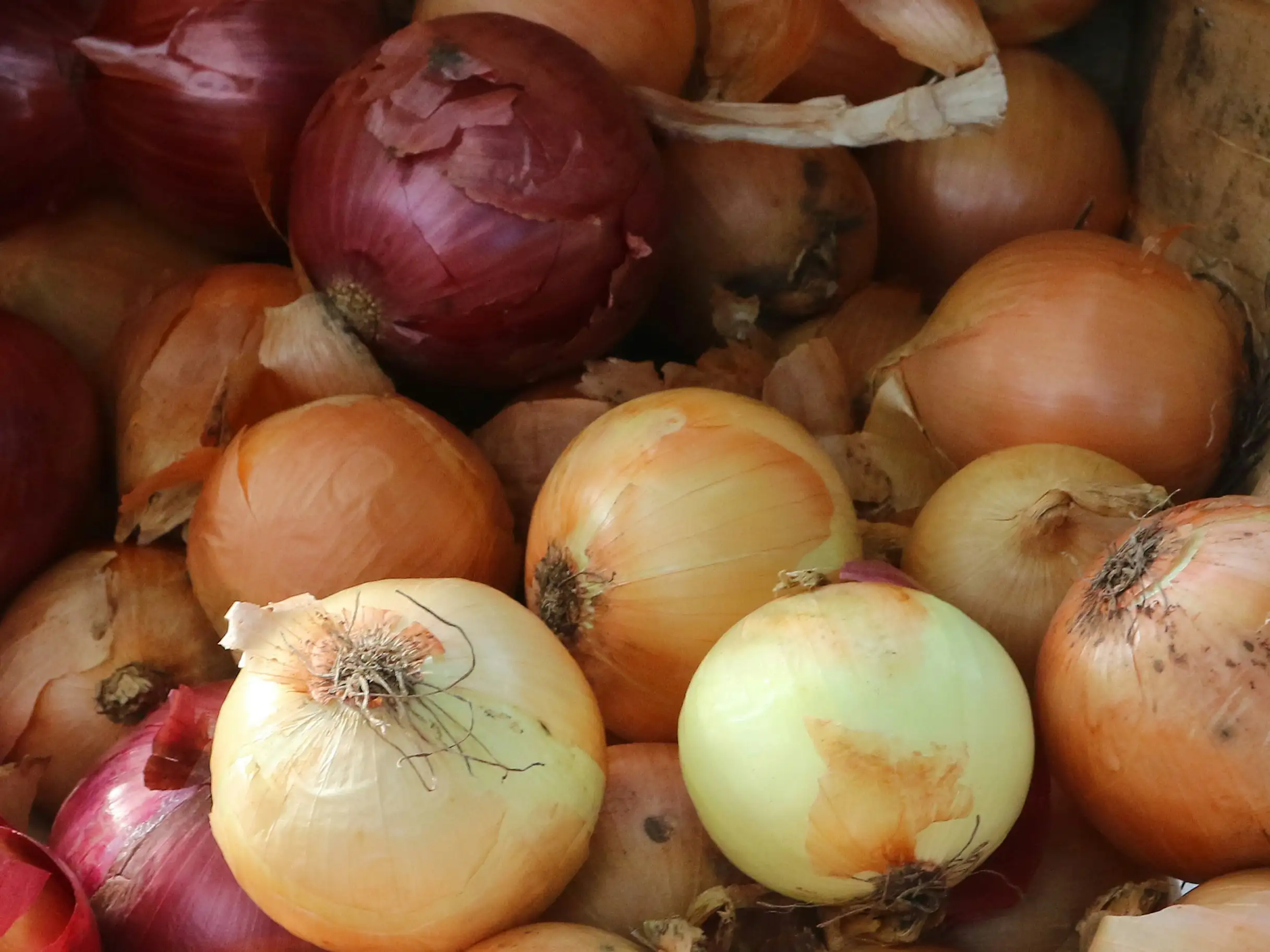PIP & STONE FRUIT
Pip fruit such as apples and pears have always been the most popular fruit because of their universal appeal - easy to eat over a long season. They are vitamin rich, great tasting, and are relatively easy to grow. They are also very attractive trees with their spring blossom. Stone fruit such as cherries, apricots, peaches, nectarines and plums are also favourites with the great variety of tastes. Stone fruit do not keep as long as pip fruit, but with many varieties providing a spread of maturity, it is possible to plan a range of harvest dates. Dwarf varieties of most fruits are now available which are ideal where space is limited.
At a glance;
Planting time Autumn and winter
Position Sheltered sunny site
Soil conditions Most well drained soils
Pollination Two or more compatible plants will improve fruit set and yield

Where to plant
Choose a warm sunny position, sheltered from strong winds. Pip and stone fruit trees will grow in most soils, but in clay soils, raise plantings and add lots of compost.
When to plant
Pip and stone fruit trees are most commonly available in winter freshly potted. They can also be purchased in pots at most times of the year. Whilst winter is the main planting season, they can be planted at other times provided they are watered regularly.
How to plant
Refer to the article ‘How to Plant’. Use ican Slow Food as a base fertiliser when planting, which will feed the plants as they need it for up to two years.
Mulching
This is a highly recommended practice as it suppresses weeds and conserves moisture in the soil. A layer of mulch, compost or similar laid on the surface in October will prevent moisture loss and greatly benefit the trees.
Feeding
Fruit trees benefit from an annual dressing of lime or gypsum, in August, followed by an application of ican Fruit Food in September.
Watering
Many fruit trees can withstand considerable dry periods, but watering will greatly improve the result.
Pests and diseases
There are a few pests and diseases that attack fruit trees. If pests and diseases are very prevalent in your area it may pay to choose different fruits that are not affected.
Apples, pears and quinces are attacked by codling moth, aphids, mites, black spot and powdery mildew. Some new varieties are black spot tolerant.
Stone fruits (peaches, plums, nectarines, cherries and apricots) are attacked by oriental fruit moth, aphids, leaf curl, brown rot, shot hole and rust.
Most diseases are minimised with a winter clean up copper and oil spray, followed by early season sprays of fungicide prior to and just after flowering. See the spray program below for full details.
Pruning
Pruning is divided into two aspects.
1. Pruning to shape in the young stages.
2. Pruning for continuous fruiting and maintaining shape of established trees.
Pruning to shape is dependent on the variety and to some extent the shape you want. Basically, there are three shapes.
· Vase shape
The traditional open centre with 3 to 4 main leaders for framework.
· Central leader or pyramid
This method uses less space and trees can be kept narrow.
· Espalier
An ideal method of training and pruning where space is limited.
Once you have decided on which shape you want, you prune to achieve that. Always remember that the strongest new growth will come from the first bud below where the pruning cut is made.
Pruning for continuous fruiting is important once the tree has established. This is relatively easy once you know where the fruit will form.
Apples, pears, quinces, plums, and apricots fruit on spurs for several years. New spurs form as old ones die.
Peaches and nectarines fruit on one year old wood. That is, the wood grown last year will carry fruit this year. Hence when pruning do not cut this wood out, but shorten it only and, or remove only some of it.
Pollinators
Many plums and pears, and some apples, cherries and apricots require another variety to be grown nearby to ensure pollination. Check with your garden centre to find which pollinators are required if any.
Succession
Choose a succession of fruit maturing times when selecting fruits and varieties, so that you have a steady continuous supply rather than barrowloads of everything all in 2 weeks.
Pip Fruit Spray Programme
Dormant - Grosafe FreeFlo Copper + Enspray 99 for fungus diseases, insects, insect eggs
Bud swell to pink - Grosafe FreeFlo Copper + Enspray 99 for fungus diseases, insects, insect eggs
Full bloom - Yates Fungus Fighter for black spot
Petal fall - Yates Fungus Fighter +Success Ultra (add Enspray 99 if aphids present) for black spot, codling moth
3 weekly until December - Yates Fungus Fighter + Success Ultra (add Enspray 99 if aphids or mites present) for black spot, powdery mildew, codling moth
NOTE: Withholding periods: Fungus Fighter 35 days;Success Ultra 3 days; FreeFlo Copper & Enspray 99 nil; the latter two are BioGro certified organic.
Stone Fruit Spray Programme
Dormant - Grosafe FreeFlo Copper + Enspray 99 for fungus diseases, insects, insect eggs
Bud swell - Grosafe FreeFlo Copper + Enspray 99 for leaf curl, bladder plum, shot hole, aphids, thrips, mites
Full bloom - Yates Fungus Fighter for brown rot, aphids, thrips, mites
Petal fall - Yates Fungus Fighter for brown rot, aphids, thrips, mites
Just prior to shuck fall* - YatesFungus Fighter + Success Ultra for brown rot, rust, aphids, thrips, mites
Nov to Dec - apply Success Ultra only if Oriental fruit moth, grass grub beetle or guava moth are present in your area
Leaf fall - Grosafe FreeFlo Copper + Enspray 99 for leaf curl, insects, insect eggs
* The shuck is the sepals of the old flower that enfold the developing fruit.
NOTE: Withholding periods: Fungus Fighter do not apply after shuck fall; Success Ultra 1 day; FreeFlo Copper & Enspray 99 nil; the latter two are BioGro certified organic.




